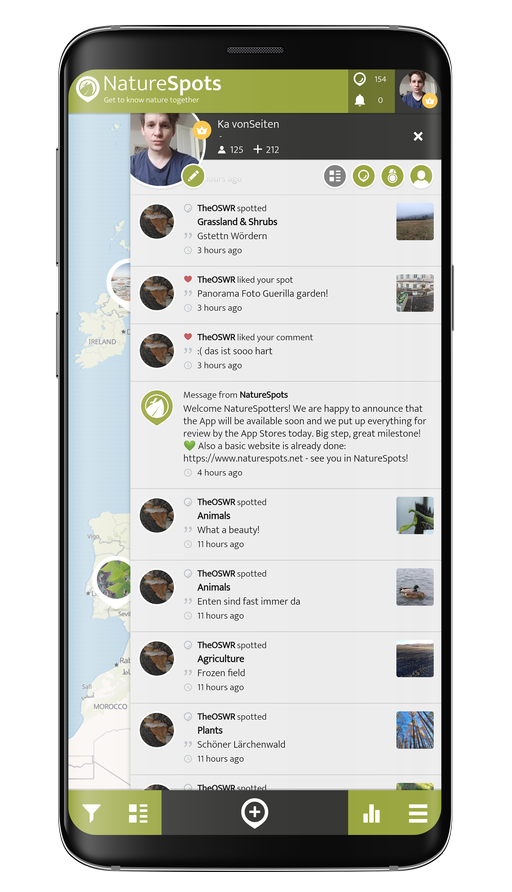Shrubland, scrubland, scrub, brush, or bush is a plant community characterized by vegetation dominated by shrubs, often also including grasses, herbs, and geophytes. Shrubland may either occur naturally or be the result of human activity. It may be the mature vegetation type in a particular region and remain stable over time, or a transitional community that occurs temporarily as the result of a disturbance, such as fire. A stable state may be maintained by regular natural disturbance such as fire or browsing. Shrubland may be unsuitable for human habitation because of the danger of fire. The term was coined in 1903.
Shrubland species generally show a wide range of adaptations to fire, such as heavy seed production, lignotubers, and fire-induced germination.
Botanical structural form
In botany and ecology a shrub is defined as a much-branched woody plant less than 8 m high and usually with many stems. Tall shrubs are mostly 2–8 m high, small shrubs 1–2 m high and subshrubs less than 1 m high.
A descriptive system widely adopted in Australia to describe different types of vegetation is based on structural characteristics based on plant life-form, plus the height and foliage cover of the tallest stratum or dominant species.
For shrubs 2–8 m high the following structural forms result:
- dense foliage cover (70–100%) — closed-scrub
- mid-dense foliage cover (30–70%) — open-scrub
- very sparse foliage cover (<10%) — tall open shrubland
For shrubs <2 m high the following structural forms result:
- dense foliage cover (70–100%) — closed-heath
- mid-dense foliage cover (30–70%) — open-heath
- sparse foliage cover (10–30%) — low shrublandvery sparse foliage cover (<10%) — low open shrubland
Source: Wikipedia contributors. "Shrubland." Wikipedia, The Free Encyclopedia. Wikipedia, The Free Encyclopedia, 9 Jun. 2021. Web. 28 Jun. 2021.

